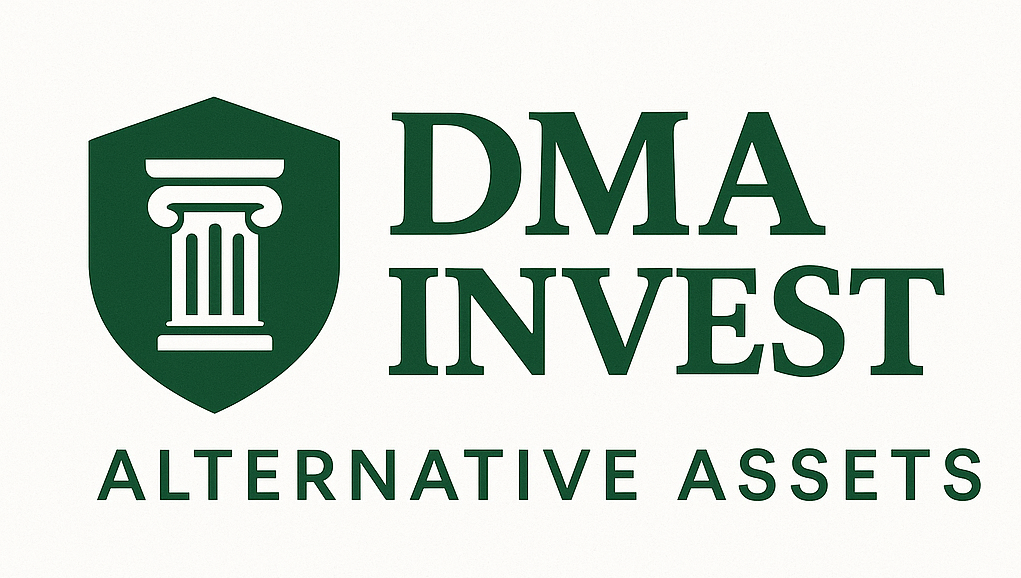Private Debt: Non-bank loans to private firms or individuals
Globally, private debt is a high-growth, institutionalized asset class offering portfolio diversification and attractive risk-adjusted returns

Global Market Trends (2019-2024):
Private debt (non-bank lending to corporates and individuals) has emerged as a dominant force in global finance, filling gaps left by traditional banks and fueled by investor demand for yield. Key trends include:
Explosive Growth & Institutionalization:
Russia’s private debt landscape has been fractured by geopolitical isolation, though domestic non-banks adapt within severe constraints:
Sanctions-Driven Contraction:
Conclusion:
Globally, private debt is a high-growth, institutionalized asset class offering portfolio diversification and attractive risk-adjusted returns. Non-bank lenders are essential capital providers in a constrained banking environment.
In Russia, Lending activity is either state-subsidized (low returns) or predatory (high risk). For non-aligned investors, the market offers no viable entry point. Until geopolitical risks recede, private debt in Russia broadly—will remain a captive, high-stakes game for state actors and opportunistic shadow lenders, devoid of the transparency or stability required for institutional investment.
Private debt (non-bank lending to corporates and individuals) has emerged as a dominant force in global finance, filling gaps left by traditional banks and fueled by investor demand for yield. Key trends include:
Explosive Growth & Institutionalization:
- Global AUM surged from $812bn (2019) to ~$1.7tn (2024) (Preqin), a 109% increase (5yr CAGR: 16.4%).
- Direct lending dominates (60%+ of AUM), followed by venture debt (20%) and mezzanine financing.
- Drivers: Stricter bank regulations (Basel III), demand for higher yields, and flexibility in structuring bespoke loans.
- Corporate Focus: Mid-market firms (EBITDA $10–100M) are primary borrowers, especially in business services, healthcare, and technology. Venture debt for startups grew 25% YoY (2021–2023).
- Consumer Lending: Fintech-driven platforms expanded unsecured personal loans (e.g., BNPL grew 230% globally 2020–2022).
- Geographies: North America (55% AUM), Europe (30%), Asia-Pacific (12%). APAC growth leads (18% CAGR), driven by India and Southeast Asia.
- Corporate loans yield 8–12% (senior secured) to 15–20% (unitranche). Default rates remain low (2.1% in 2023 vs. 1.7% pre-COVID) but are rising in cyclical sectors.
- Institutional investors allocate 5–15% of portfolios to private debt; 87% of LPs plan to maintain/increase allocations (Coller Capital, 2023).
- 400+ new funds launched since 2020. Margins compressed as capital flooded markets, though 2023 rate hikes improved lender pricing power.
Russia’s private debt landscape has been fractured by geopolitical isolation, though domestic non-banks adapt within severe constraints:
Sanctions-Driven Contraction:
- Foreign capital evaporated: 80% of int’l private debt funds exited. Cross-border lending collapsed.
- AUM fell 60%+ from 2021 peaks (~$15bn pre-2022 → <$6bn in 2024).
- Ruble volatility and capital controls limit lending capacity.
- State Dominance: State banks (Sberbank, VTB) and government programs (e.g., SME support loans at 6–8%) control 70%+ of formal private debt.
- Rise of "Shadow Lenders": Unregulated private lenders and family offices fill gaps for SMEs/individuals at 20–40% rates.
- Sector Constraints: Lending concentrates on "sanction-proof" sectors: agriculture, pharmaceuticals, domestic tech. Consumer lending shrunk 45% (2022–2023).
- Pre-2022 growth was robust (20% CAGR 2017–2021), led by foreign capital. Post-2022 data is opaque.
- CBR reports 12.5% YoY growth in "non-bank corporate loans" (2023-2024), but this reflects state-subsidized lending, not market dynamics.
Conclusion:
Globally, private debt is a high-growth, institutionalized asset class offering portfolio diversification and attractive risk-adjusted returns. Non-bank lenders are essential capital providers in a constrained banking environment.
In Russia, Lending activity is either state-subsidized (low returns) or predatory (high risk). For non-aligned investors, the market offers no viable entry point. Until geopolitical risks recede, private debt in Russia broadly—will remain a captive, high-stakes game for state actors and opportunistic shadow lenders, devoid of the transparency or stability required for institutional investment.
Ready to transform illiquid assets into strategic victories? DMA INVEST turns complexity into clarity—because alternative investing shouldn’t be a gamble.
Contact us today to unlock the full potential of your portfolio
Contact us today to unlock the full potential of your portfolio
Contacts
Tel: +79052255567
email: info@dma-invest.com
Address: St. Petersburg, 191123, Zakharyevskaya st., 25 letter A, premises. 21-n, office 508
email: info@dma-invest.com
Address: St. Petersburg, 191123, Zakharyevskaya st., 25 letter A, premises. 21-n, office 508
About the company
Services
Contacts
OOO "DMA INVEST"
St. Petersburg, 191123, Zakharyevskaya st., 25 letter A, premises. 21-n, office 508
Russian Federation
Tel: +79052255567
email: info@dma-invest.com
St. Petersburg, 191123, Zakharyevskaya st., 25 letter A, premises. 21-n, office 508
Russian Federation
Tel: +79052255567
email: info@dma-invest.com

